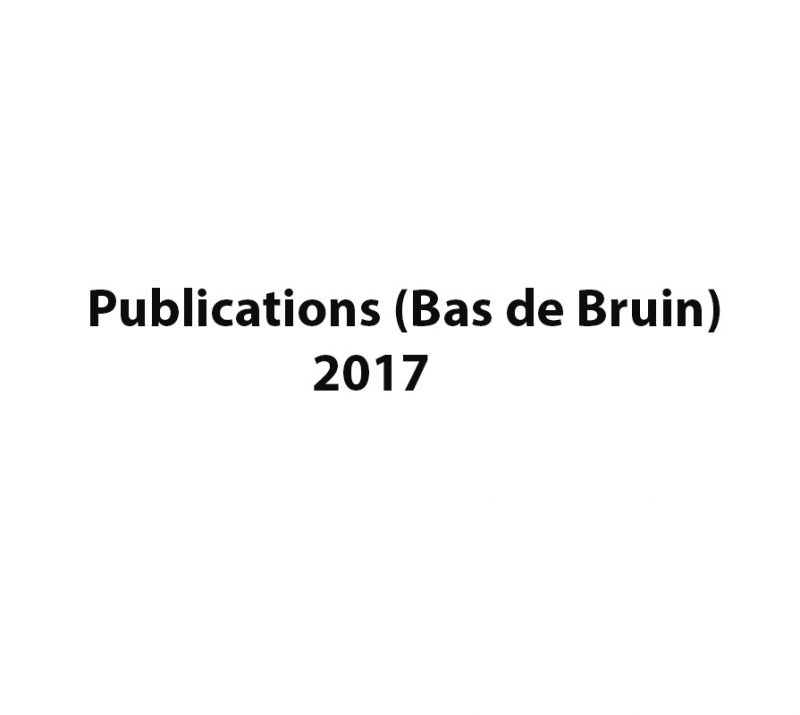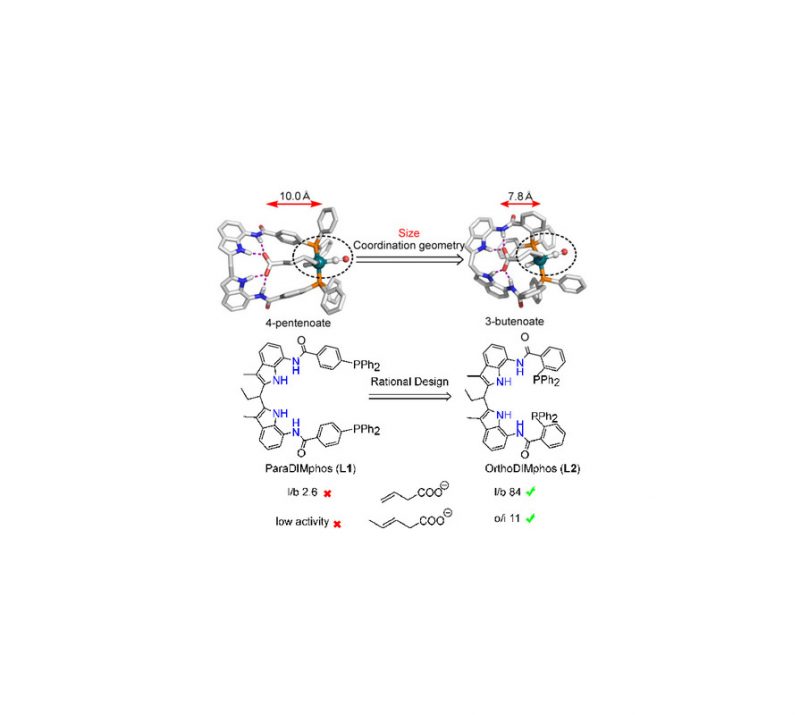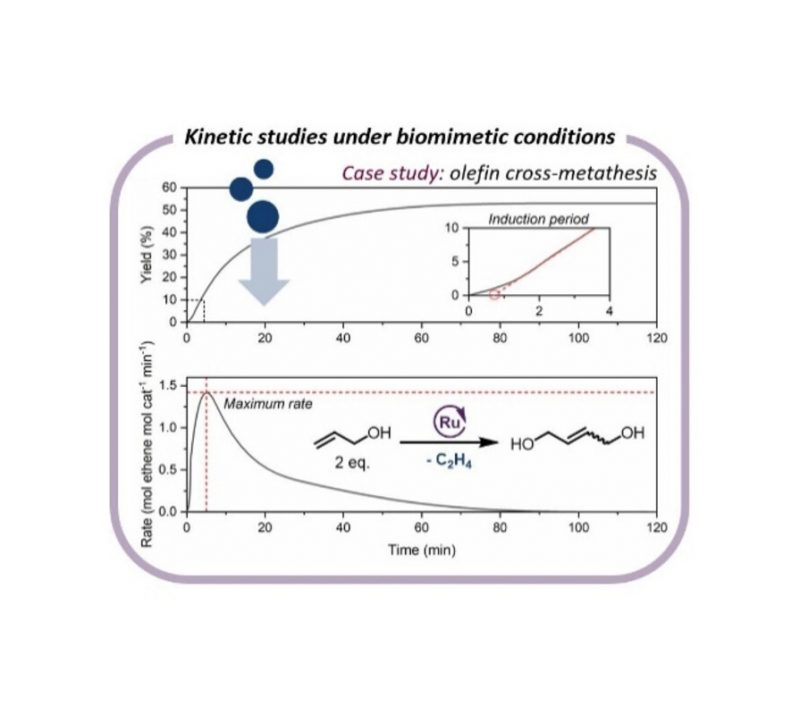
Suman Sinha, Rina Sikari, Vivek Sinha, Upasona Jash, Siuli Das, Paula Brandão, Serhiy Demeshko, Franc Meyer, Bas de Bruin, and Nanda D. Paul
Inorg. Chem., 2019, 58 (3), 1935-1948
DOI: 10.1021/acs.inorgchem.8b02877

Abstract
Iron catalyzed carbon–nitrogen bond formation reactions of a wide variety of nucleophiles and aryl halides using well-defined iron-complexes featuring redox noninnocent 2-(arylazo)-1,10-phenanthroline (L1) ligands are reported. Besides substrate centered C–N coupling, C–N bond formation reactions were also observed at the ortho– and para-positions of the phenyl ring of the coordinated azo-aromatic scaffolds affording new tetradentate ligands, 2-N-aryl-(2-arylazo)-1,10-phenanthroline (L2), and tridentate ligands, 4–N-aryl-(2-arylazo)-1,10-phenanthroline (L3), respectively. Control experiments and mechanistic studies reveal that the complex [FeL1Cl2] (1) undergoes in situ reduction during the catalytic reaction to produce the monoanionic complex [1]−, which then acts as the active catalyst. The metal (iron) and the coordinated ligand were found to work in a cooperative manner during the transfer processes involved in the fundamental steps of the catalytic cycle. Detailed experimental and theoretical (DFT) studies were performed to get insight into the competitive substrate versus ligand centered amination reactions.


